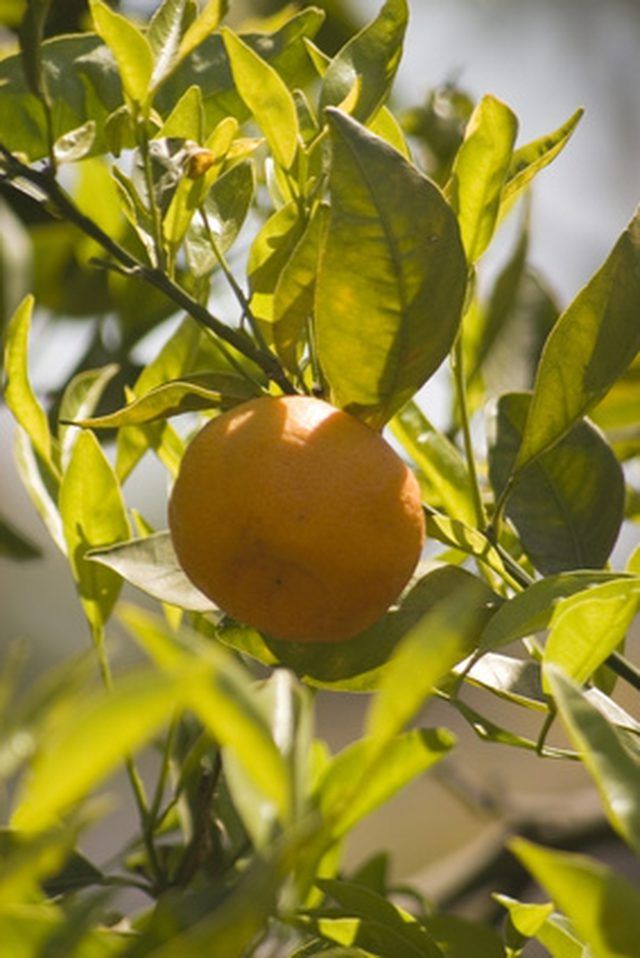Bulbs
Flower Basics
Flower Beds & Specialty Gardens
Flower Garden
Garden Furniture
Garden Gnomes
Garden Seeds
Garden Sheds
Garden Statues
Garden Tools & Supplies
Gardening Basics
Green & Organic
Groundcovers & Vines
Growing Annuals
Growing Basil
Growing Beans
Growing Berries
Growing Blueberries
Growing Cactus
Growing Corn
Growing Cotton
Growing Edibles
Growing Flowers
Growing Garlic
Growing Grapes
Growing Grass
Growing Herbs
Growing Jasmine
Growing Mint
Growing Mushrooms
Orchids
Growing Peanuts
Growing Perennials
Growing Plants
Growing Rosemary
Growing Roses
Growing Strawberries
Growing Sunflowers
Growing Thyme
Growing Tomatoes
Growing Tulips
Growing Vegetables
Herb Basics
Herb Garden
Indoor Growing
Landscaping Basics
Landscaping Patios
Landscaping Plants
Landscaping Shrubs
Landscaping Trees
Landscaping Walks & Pathways
Lawn Basics
Lawn Maintenance
Lawn Mowers
Lawn Ornaments
Lawn Planting
Lawn Tools
Outdoor Growing
Overall Landscape Planning
Pests, Weeds & Problems
Plant Basics
Rock Garden
Rose Garden
Shrubs
Soil
Specialty Gardens
Trees
Vegetable Garden
Yard Maintenance
How to Grow the Best California Orange Trees
How to Grow the Best California Orange Trees. Orange trees not only produce fresh produce for juice, jams and other citrus dishes, they also give a quintessential California feel to your home landscaping. According to Sunkist, orange trees can be grown throughout California year-round. However, the different climates found in California affect what...

Orange trees not only produce fresh produce for juice, jams and other citrus dishes, they also give a quintessential California feel to your home landscaping. According to Sunkist, orange trees can be grown throughout California year-round. However, the different climates found in California affect what type of varieties you can grow, and when they will harvest.
Things You'll Need
Soil pH test
Shovel
Lime
Sulfur
Mulch
Fertilizer
Choose a south-facing location in your yard for planting your orange tree. Because orange trees are tropical, they require at least 6 to 8 hours of full sunlight daily. In addition, check to make sure that your planting location has well draining soil. Grab a handful of dirt and squeeze. Dirt that releases water droplets must be amended with 6 inches of compost and builder's sand.
Conduct a soil pH test on the planting location. Orange trees need grow in a pH range of 5.5 to 6.5 in order for them to absorb the soil's nutrients. Purchase a soil pH testing kit from your local county extension office. Dig a 6-inch hole in the planting site to collect samples and mail them to the extension office for testing. Amend the soil based on the results. Add lime to acidic soil, and sulfur to soil that is too alkaline.
Dig a hole that is twice the diameter and at the same depth that the orange tree is planted in the container it comes in. Lift the orange tree out of the container and wash the planting medium off the roots.
Place the orange tree in the hole and pack the dirt around the base of the tree. Create a circular mound of dirt 2 feet across and 4 inches high around the orange tree. Water the tree thoroughly. Keep a watering routine every day for 10 weeks. Then reduce the watering to once a week.
Fertilize your orange tree with a slow-release 21-0-0 fertilizer three times during the first growing year. Spread the fertilizer around the base of the tree and water well.
Tips & Warnings
Water your orange tree during the winter months if you live in an area of California that receives freezing temperatures. Moist soil protects the root system from freezing.
Avoid stunting your orange tree's growth by removing any fruit that it may produce its first and second year of growing. This redirects its focus from fruiting to growing.